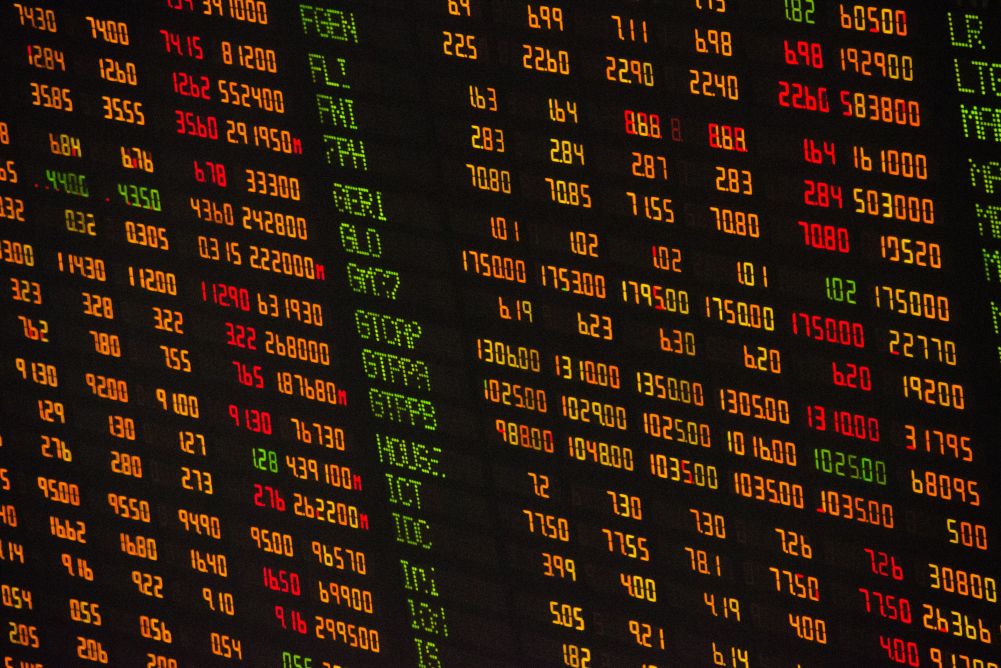Growth in developing East Asian and Pacific economies is expected to slow from 6.3 percent in 2018 to 5.8 percent in 2019 and to 5.7 and 5.6 percent in 2020 and 2021, respectively, reflecting a broad-based decline in export growth and manufacturing activity.
Weakening global demand, including from China, and heightened uncertainty around ongoing US-China trade tensions has led to a decline in exports and investment growth, testing the resilience of the region, according to Weathering Growing Risks, the October 2019 edition of the World Bank’s East Asia and Pacific Economic Update, released on October 10.
In the region excluding China, consumption growth remained steady, though slightly lower than the same period last year, supported by monetary and fiscal policies. Growth in the smaller economies of the region, however, remained robust, reflecting country-specific circumstances including steady growth in the tourism, real estate, and extractive sectors.
“As growth slows, so does the rate of poverty reduction,” says Victoria Kwakwa, World Bank vice president for East Asia and the Pacific. “We now estimate that almost a quarter of the population of developing East Asia and the Pacific lives below the upper-middle-income poverty line of US$5.50 a day. This includes nearly 7 million more people than we projected in April, when regional growth was looking more robust.”
The report makes clear that increasing trade tensions pose a long-term threat to regional growth. While some countries have hoped to benefit from a reconfiguration of the global trade landscape, the inflexibility of global value chains limits the upside for countries in the region in the near term.
“While companies are searching for ways to avoid tariffs, it will be difficult for countries in developing East Asia and the Pacific to replace China’s role in global value chains in the short-term due to inadequate infrastructure and small scales of production,” says Andrew Mason, World Bank lead economist for East Asia and the Pacific.
The report warns that downside risks to the region’s growth prospects have intensified. Prolonged trade tensions between China and the United States would continue to hurt investment growth, given high levels of uncertainty. A faster-than-expected slowdown in China, the Euro area and the United States, as well as a disorderly Brexit, could further weaken the external demand for the region’s exports.
High and rising debt levels in some countries are also putting limits on their abilities to use fiscal and monetary policies to ease the impacts of the slowdown. In addition, any abrupt changes in global financial conditions could translate into higher borrowing costs for the region, dampening credit growth and further weighing on private investment and economic growth in the region.
To weather growing risks, the report recommends that countries with sufficient policy space use fiscal and/or monetary measures to help stimulate their economies, while guarding fiscal and debt sustainability. Countries in the region will also benefit from staying the course on trade openness and by deepening regional trade integration.
The ongoing US-China trade dispute, along with slowing global growth, also increases the need for countries in the region to undertake reforms to improve their productivity and boost growth. This includes regulatory reforms that improve the trade and investment climate to attract investment and facilitate the movement of goods, technology, and know-how.









